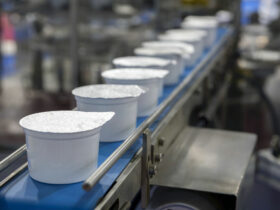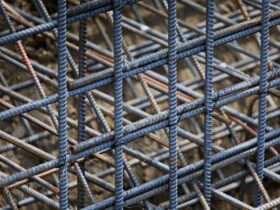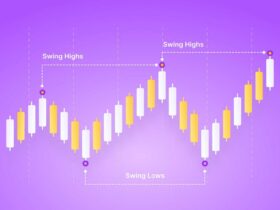Agriculture is one of the most important economic activities in the world, and it has long relied on manual labour. But with advances in automation technology, we are beginning to see robotic arms used increasingly often to help with agricultural processes.
Not only do these robotic arms offer numerous advantages over human labour, but they also make a large portion of work more efficient and accurate than ever before. In this article, we’ll explore what uses these robotic arms have in agriculture today and how their application may be even modified further for greater success tomorrow.
Overview of robotic arms and their uses in agriculture
Robotic arm technology has found itself a new home in the vibrant world of agriculture. The robotic arm, with its cutting-edge engineering, has the potential to revolutionise the nature of agricultural operations. The robotic arm is the perfect example of an automated and intelligent manipulator that has human-like functionality and exceptional precision. The technology affords farmers unprecedented levels of control and productivity while ensuring safety on the farm. This arm has multiple uses in agriculture, including planting, cultivating, harvesting, and sorting fruits and vegetables.
Robotic arms have become a powerful tool for modern agriculture, helping to reduce labour costs, increasing agricultural productivity, and enabling farmers to take a more comprehensive approach to their work. With this technology, farmers can access highly efficient, reliable, and flexible robotic equipment optimised to work precisely in different agricultural sectors, making it a perfect fit for a farmer’s needs.
Advantages of using a robotic arm for crop harvesting
One of the primary uses of robotic arms in agriculture is crop harvesting. Traditional manual picking and sorting of fruits and vegetables require a considerable amount of human labour, which can be both time-consuming and expensive. With the use of robotic arms, farmers can now harvest their crops faster and more efficiently, with minimal errors.
This technology allows for higher yields as it can work continuously without getting tired or needing breaks, unlike humans, who may get fatigued during the workday. Additionally, robotic arms can be programmed to pick only ripe produce, reducing waste, and ensuring that only high-quality products make it to market.
Different types of robotic arms used in the agricultural industry
There are various types of robotic arms used in agriculture, and they vary depending on the specific task. Some can be aerial, while others are ground-based, but all serve the same purpose of automating manual labour tasks. For instance, there are specialised robotic arms for planting seeds, pruning, spraying pesticides or herbicides, and even harvesting fruits.
These robotic arms usually feature multiple joints and end effectors that help them mimic human motion, making it easier to interact with different types of crops and terrain. Some robotic arms even come equipped with sensors and cameras to identify ripe produce or detect obstacles in their path.
The potential of robotic arms to revolutionise the agriculture industry
The use of robotic arms in agriculture is still in its early stages, but it can potentially revolutionise the industry. With technological advancements, we can expect to see more advanced and specialised robotic arms that cater to different agricultural needs. It could include automated tractors for ploughing and sowing, drones for crop monitoring and spraying, and even robotic arms for livestock management.
Moreover, integrating Artificial Intelligence (AI) and Machine Learning (ML) in robotic arms can further improve their capabilities. It would allow them to learn and adapt to different environments and tasks, making them even more efficient and precise.
Future research and development goals related to the use of robotic arms in agriculture
As the applications of robotic arms in agriculture continues to grow, there is a pressing need for further research and development to enhance their capabilities. One of the key objectives for future advancements is to significantly increase the speed and accuracy of robotic arms, allowing them to perform tasks with precision efficiently. Additionally, researchers are focusing on developing specialised end effectors that cater to different crops, ensuring optimal handling and harvest.
Moreover, expanding robotic arm capabilities is being pursued, aiming to tackle more complex tasks in the agricultural field. It includes equipping robotic arms with advanced sensors and algorithms to navigate diverse terrains and effectively interact with various crops. By accomplishing these goals, robotic arms will improve productivity and efficiency in modern agriculture.
In parallel, researchers are dedicating their efforts to enhancing the autonomous functions of robotic arms. The ultimate objective is to enable them to operate without human intervention, thereby streamlining farming operations and reducing dependence on manual labour. It not only saves time and labour costs but also ensures the safety of workers on the farm, as they can be spared from hazardous tasks.
Conclusion
In conclusion, the uses of robotic arms in agriculture are vast and continually expanding. These advanced technologies offer numerous benefits to farmers, including increased efficiency, productivity, and cost-effectiveness. As research and development continue to improve their capabilities, we can expect to see even more significant advancements in the future.










